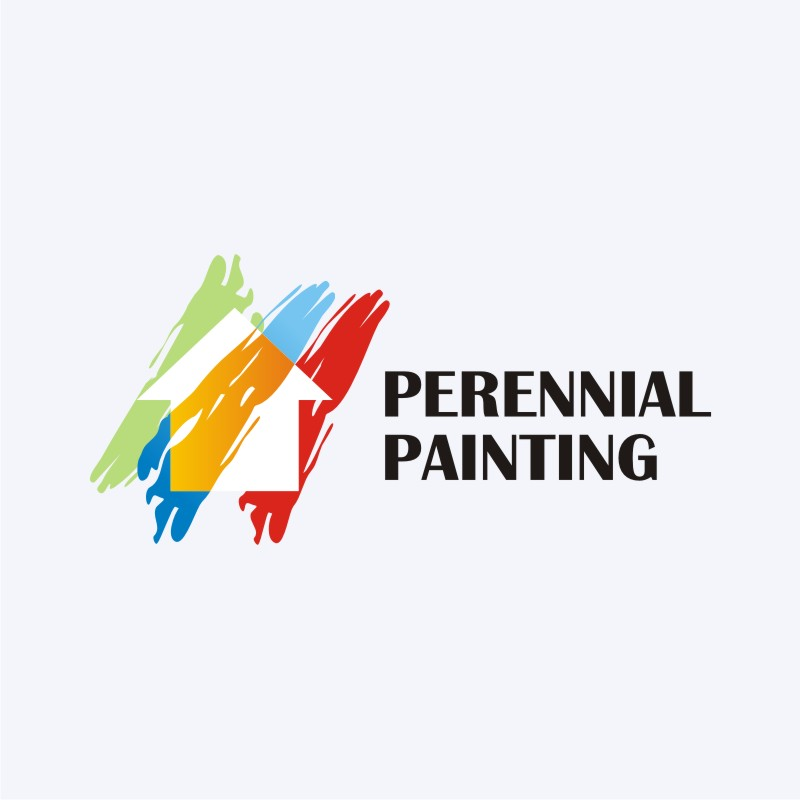Step-By-Step Guide To Readying Your Wall Surfaces For Repainting
Step-By-Step Guide To Readying Your Wall Surfaces For Repainting
Blog Article
Web Content Author-Alford Raymond
When you're prepping your wall surfaces for painting, it's important to adhere to a systematic process to make certain a flawless coating. Begin by taking a look at the wall surface for any kind of damage; this step can make or break your project. When you have actually recognized any concerns, cleansing the surface appropriately is necessary, as an unclean wall can influence paint bond. After that, you'll need to spot any kind of imperfections and use a guide. Yet there specify strategies and tips that can elevate your prep work video game-- let's explore those additional to attain the best outcomes.
Assessing Wall Problem
Prior to you grab your paintbrush, take a minute to assess your walls' condition. Check for any type of noticeable damage like cracks, holes, or peeling paint. These imperfections can influence just how the paint sticks and looks as soon as it's dry. If you observe any kind of substantial damages, you'll require to focus on repairs before diving right into painting.
Look carefully at https://merrillfotonews.com/2022/08/11/mac-home-logo-mural-painting-on-merrills-west-side/ of your walls. Is the surface smooth, or is there appearance that might require unique consideration? Smooth walls usually require much less prep, while distinctive surface areas might need even more time to paint equally.
Likewise, take into consideration the previous paint work. If the old paint is glossy, it mightn't enable new paint to stick correctly. You'll want to know if your wall surfaces have actually been repainted with oil-based or water-based paint, as this can affect your selection of primer or paint.
Ultimately, take note of any wetness problems. If you see signs of water damage or mold, address these problems instantly to stop more difficulties.
Cleaning up the Surface area
Once you've analyzed the condition of your wall surfaces, the next step is cleaning the surface area. Begin by gathering your supplies: a bucket, cozy water, a mild detergent, a sponge or fabric, and a scrub brush for harder places.
Begin at the top edge of the wall surface and work your way down. Mix the cleaning agent with warm water in your bucket, after that dip the sponge or fabric right into the service. Wring it bent on avoid extreme moisture on the wall surfaces.
As you clean up, pay close attention to areas that could've accumulated dust, grease, or finger prints. For persistent spots, utilize the scrub brush gently to avoid damaging the paint below. Rinse your sponge or fabric regularly in tidy water to avoid spreading out dust around.
After cleaning, it's vital to wipe the wall surfaces with a moist fabric to get rid of any kind of soap residue. This action makes sure a smooth surface for the brand-new paint to follow.
Permit the wall surfaces to dry totally prior to carrying on to the next prep work steps. This complete cleaning process will certainly aid create a fresh canvas for your paint task, guaranteeing the very best outcomes.
Patching and Priming
Patching and priming are critical steps in preparing your wall surfaces for a fresh coat of paint. First, evaluate your wall surfaces for any kind of openings, cracks, or flaws. Utilize a high-quality spackling substance or patching paste to load these locations.
Apply the substance with a putty knife, smoothing it out so it's flush with the bordering surface area. Enable it to completely dry entirely, and after that sand it gently up until it's smooth and even.
As soon as you have actually patched whatever, it's time to prime. Primer assists seal the covered areas, making certain the paint sticks correctly and provides an uniform coating. Pick a guide ideal for your wall surface type and the paint you'll be utilizing.
Apply the guide utilizing a roller for bigger areas and a brush for edges and sides. If your covered areas are dramatically huge or permeable, you may wish to apply a 2nd coat of primer after the very first one dries.
After priming, let every little thing completely dry thoroughly prior to moving on to paint. This preparation won't just enhance the appearance of your wall surfaces yet likewise lengthen the life of your paint task.
Take your time, and you'll be pleased with the results.
Conclusion
By adhering to these straightforward actions, you can achieve a smooth and specialist coating on your wall surfaces. Begin by evaluating their problem, after that tidy and spot any type of imperfections prior to using primer. Bear in mind to enable appropriate drying out time and make sure every little thing is smooth before you study paint. With the right preparation, you'll set the phase for a stunning transformation in your area. Currently, gather your products, take in the fresh air, and get ready to paint!
